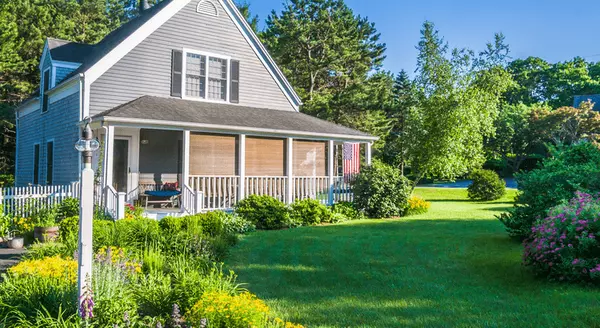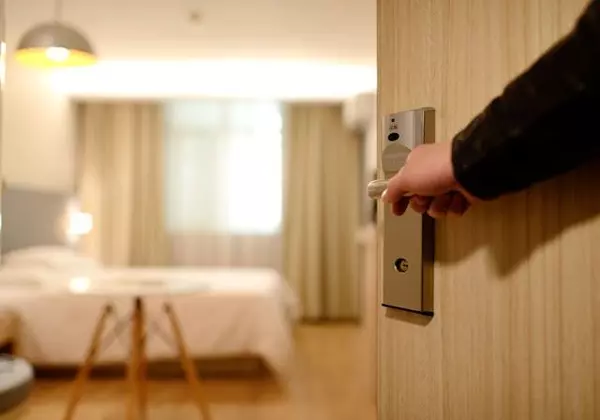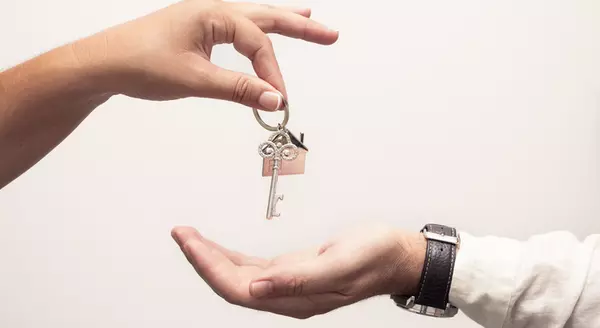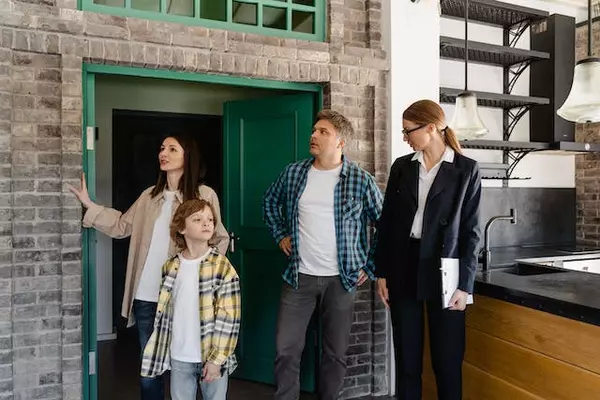
Open House Hacks: Making the Most of Property Viewings for Buyers and Sellers
Open houses serve as crucial moments in the real estate journey, providing buyers with a firsthand look at potential homes and giving sellers the opportunity to showcase their properties. To maximize the impact of these events, both buyers and sellers can benefit from a set of strategic "open house hacks." In this blog, we'll explore tips and tricks to ensure that property viewings are not just informative but also effective for both parties involved. For Buyers: Early Bird Advantage: Arriving early to an open house can offer a distinct advantage. You get the chance to have one-on-one conversations with the seller or listing agent, ask detailed questions, and thoroughly explore the property before it gets crowded. Bring a Checklist: Create a checklist of must-haves and deal-breakers before attending an open house. This helps you stay focused on your priorities and ensures you don't overlook essential aspects of the property. Engage in Conversation: Don't hesitate to engage with the seller or listing agent. Asking questions about the property, its history, and the neighborhood can provide valuable insights and help you make a more informed decision. Capture the Moment: Take photos and notes during the open house. This documentation can be beneficial when reviewing multiple properties. It helps you remember the unique features of each home and makes the decision-making process smoother. Visit Multiple Times: If you're seriously considering a property, attend multiple open houses. This allows you to experience the home at different times of the day and on different days of the week, giving you a more comprehensive understanding of the property and its surroundings. For Sellers: Enhance Curb Appeal: The first impression matters. Ensure that the exterior of your home is well-maintained and inviting. A well-groomed lawn, fresh paint, and attractive landscaping can significantly enhance curb appeal. Create a Welcoming Atmosphere: Set the stage for a positive viewing experience. Light scented candles, play soft music, and ensure that the temperature inside is comfortable. Creating a welcoming atmosphere can leave a lasting impression on potential buyers. Highlight Key Features: Draw attention to the unique features of your home. Whether it's a stunning fireplace, a renovated kitchen, or a picturesque view, make sure these elements are showcased during the open house. Offer Information Packets: Prepare information packets that include details about the property, neighborhood, and any recent upgrades. This provides buyers with a comprehensive overview and ensures they leave with all the information they need. Encourage Feedback: Invite visitors to share their thoughts and feedback. This not only helps you understand the aspects that resonate with potential buyers but also provides insights that can be valuable for future showings. Conclusion: Open houses are pivotal moments in the real estate process, offering a glimpse into the potential future of both buyers and sellers. By employing these open house hacks, buyers can make the most of their property viewings, and sellers can effectively showcase their homes. Whether you're looking for your dream home or aiming to sell, these strategies ensure that open houses become not just events but opportunities to move closer to your real estate goals. Happy house hunting and hosting! 🏡🔑✨

Negotiation Strategies for Buyers and Sellers
The art of negotiation is a pivotal aspect of real estate transactions, influencing both buyers and sellers. Mastering negotiation strategies is key to securing a fair deal and ensuring a successful real estate journey. In this blog, we'll explore effective negotiation strategies tailored for both buyers and sellers, empowering each party to navigate the complexities of the real estate market with confidence. For Buyers: Research and Information: Knowledge is power. Thoroughly research the market, comparable properties, and recent sales. Armed with information, you'll be better equipped to make informed offers and negotiate from a position of strength. Define Your Limits: Establish your budget and stick to it. Determine the maximum price you're willing to pay and identify deal-breakers. This clarity ensures you negotiate within your financial comfort zone. Build Rapport: Establishing a positive relationship with the seller can go a long way. Be respectful and courteous in your communication. A good rapport can create a more cooperative negotiation environment. Flexible Closing Dates: Offering flexibility on the closing date can be an attractive negotiation point. Sellers may have specific timelines, and accommodating their needs can enhance your negotiating position. Home Inspection Leverage: Use the results of a home inspection to your advantage. If issues are identified, negotiate repairs, credits, or a reduction in the selling price. This negotiation phase is crucial for ensuring you're satisfied with the property's condition. For Sellers: Set a Competitive Price: Pricing your property competitively from the start can attract more buyers. This not only increases interest but also provides room for negotiation while keeping your property in demand. Highlight Unique Features: Emphasize the distinctive features of your property. Whether it's a unique layout, recent renovations, or a stunning view, showcasing these aspects can justify your asking price and strengthen your negotiating position. Know Your Bottom Line: Before entering negotiations, establish the minimum acceptable price. Knowing your bottom line helps you make decisions during the negotiation process and ensures you don't agree to terms that are not in your best interest. Understand Buyer Motivations: Understanding why a buyer is interested in your property can guide your negotiation strategy. Whether they're in a hurry to move or are drawn to specific features, tailoring your approach based on buyer motivations can be advantageous. Be Open to Compromises: While knowing your bottom line is crucial, being open to reasonable compromises is equally important. Flexibility in negotiations can lead to a mutually beneficial agreement. Conclusion: Negotiation in real estate is an intricate dance where both buyers and sellers strive to achieve their objectives. Armed with these tailored strategies, you can navigate negotiations with confidence and finesse. Whether you're looking to buy or sell, mastering the art of negotiation ensures you not only secure the best possible deal but also build positive relationships in the process. Happy negotiating! 🤝🏡✨
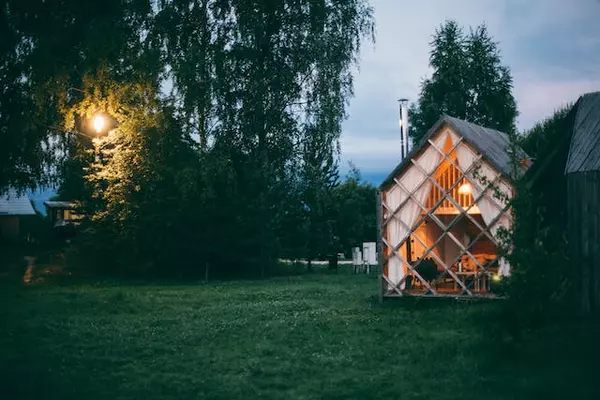
The Micro-Living Movement: Tiny Homes, Big Opportunities in Real Estate
In a world where simplicity meets sustainability, the micro-living movement is making a significant impact on real estate. Tiny homes, with their minimalistic footprint and efficient design, are not just a lifestyle choice; they represent big opportunities for both homeowners and real estate investors. In this blog, we’ll delve into the micro-living movement, exploring the charm of tiny homes and the vast possibilities they bring to the real estate landscape. 1. The Allure of Tiny Homes: Tiny homes, often ranging from 100 to 400 square feet, offer a lifestyle characterized by simplicity and functionality. Their compact size appeals to those seeking a minimalist and environmentally conscious way of living. 2. Affordability and Financial Freedom: One of the most significant advantages of tiny homes is their affordability. With lower construction costs, reduced utility bills, and minimal maintenance expenses, tiny homeowners often enjoy financial freedom and a lower cost of living. 3. Minimal Environmental Impact: Tiny homes are eco-friendly by design. Their reduced energy consumption, smaller carbon footprint, and the potential for off-grid living contribute to a more sustainable and environmentally conscious lifestyle. 4. Versatility in Location: Tiny homes are not restricted to traditional neighborhoods. Their small size allows for placement in a variety of settings, from urban lots to rural landscapes. This versatility opens up opportunities for unique and picturesque living arrangements. 5. Rising Popularity and Market Demand: The micro-living movement is gaining momentum globally. As more people seek a simpler and more sustainable lifestyle, the demand for tiny homes is on the rise. This presents a unique opportunity for real estate developers and investors to cater to this growing market. 6. Creative Design Solutions: Designing tiny homes requires creative solutions to maximize space. From multi-functional furniture to innovative storage solutions, the tiny home movement is driving advancements in architectural design that can inspire even larger-scale housing projects. 7. Potential for Community Living: Tiny home communities are emerging, fostering a sense of shared living and community engagement. These developments provide an alternative to traditional housing communities, emphasizing a collaborative and close-knit lifestyle. 8. Investment Opportunities: Real estate investors can capitalize on the micro-living movement by developing or investing in tiny home projects. From standalone tiny homes to entire communities, this niche market offers unique opportunities for those looking to diversify their real estate portfolios. Conclusion: The micro-living movement is not just a trend; it’s a transformative force in the real estate industry. Tiny homes represent more than just compact living spaces; they embody a shift towards sustainable, affordable, and community-oriented living. As the movement continues to gain traction, those with a vision for innovation and a commitment to sustainable living are well-positioned to reap the big opportunities presented by these tiny homes. Whether you're considering downsizing or exploring new avenues in real estate investment, the micro-living movement opens doors to a world of possibilities. Happy exploring! 🏠🌱✨
Categories
- All Blogs (781)
- Buyer's Market (9)
- Cash Flow (2)
- Design and Maintenance (42)
- Featured Listings (6)
- First-Time Home Buyers (39)
- Holidays (5)
- Home For Sale (7)
- Home Loans (3)
- Home Pricing (3)
- Home Showing (2)
- Homeowners (24)
- Investment Properties (9)
- Market Update (10)
- Mortgages (9)
- Real Estate Fun Facts (12)
- Real Estate Investors (22)
- Real Estate Marketing (13)
- Seller's Market (4)
- Selling Your Home (20)
- Sold Homes (12)
- South Jersey Updates (26)
- This Weekend Happenings (28)
- Tips For Home Buyers (17)
Recent Posts
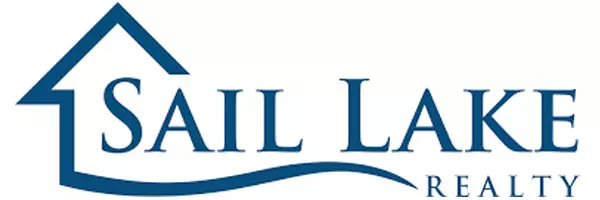
![Builders Are Building Smaller Homes [INFOGRAPHIC]](https://img.chime.me/image/fs/chimeblog/20240504/16/w600_original_39aacbf5-2468-464c-acda-b86e3e29eff4-png.webp)




